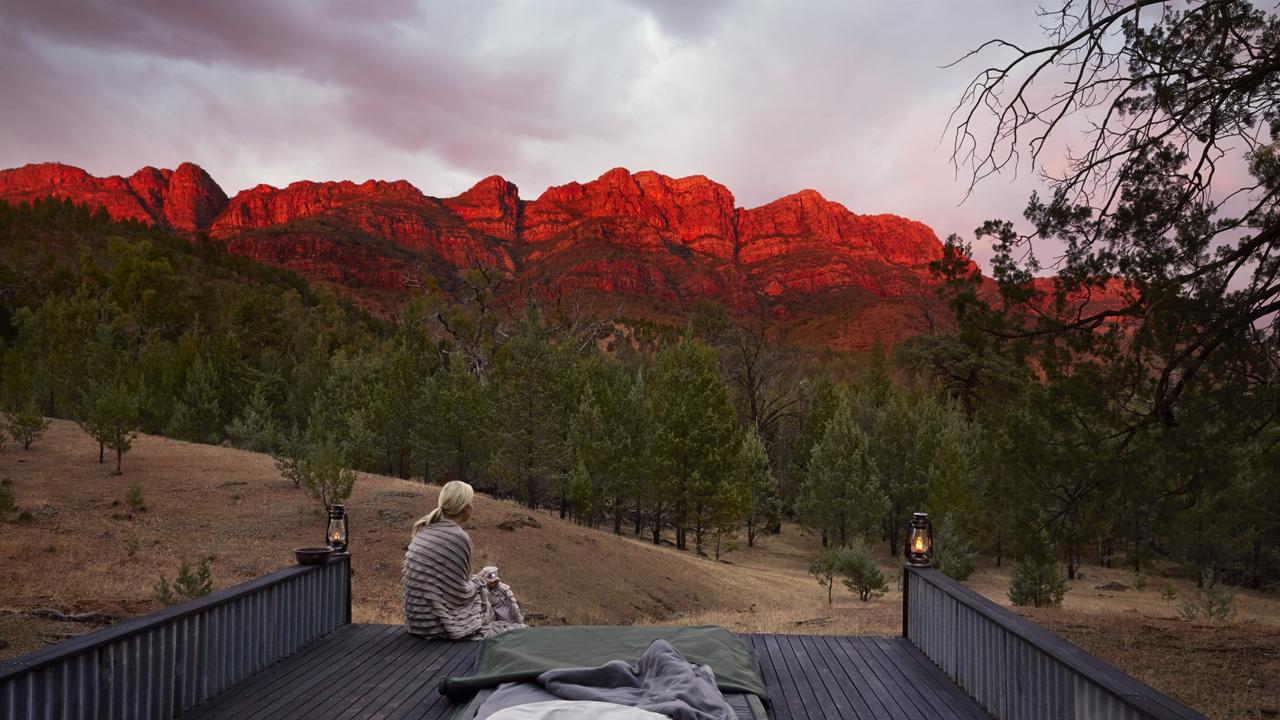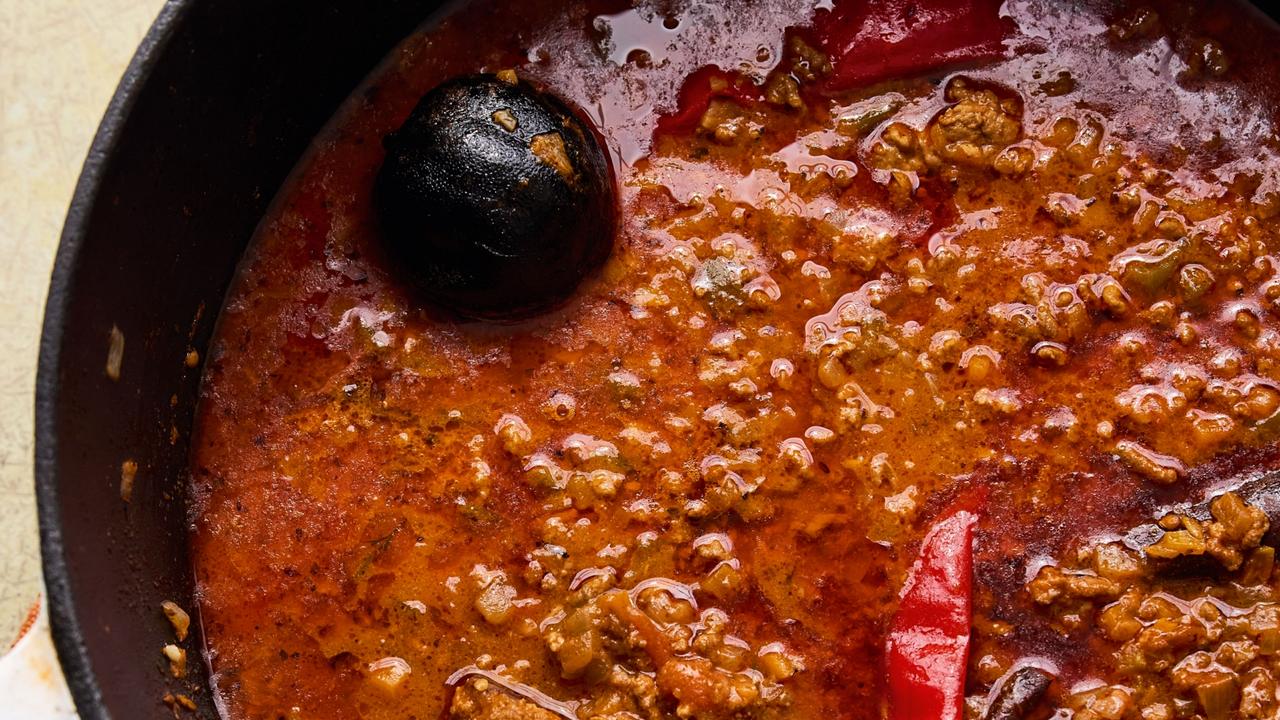
I don’t believe in ghosts yet acknowledge they exist. In ever growing numbers. Thanks, for better or worse, to the movies.
Cut to the façade of Sydney’s State Theatre some decades ago. Dissolve to the interior. Slow pan to reveal it’s a full house. Zoom to the stage. Cut to a two-shot of two men sharing a lectern; one is rather portly, the other very tall. We are witnessing the opening ceremony of the Sydney Film Festival, with Adams and James Stewart cutting the ribbon.
Time lapse. Five minutes later the pair take side-by-side seats in the balcony. The lights go down. The curtains part. A film begins. Hitchcock’s Rear Window, starring James Stewart and Grace Kelly. Cut to reaction shot of Stewart, who murmurs: “Haven’t seen this in 20 years.” He is watching a ghost of Grace Kelly. And a ghost of himself at 46. Cut to my reaction shot to his reaction. Cut to XCU of Stewart. His expression is troubled, unhappy.
James Stewart was the Tom Hanks of his era – and a very long era it was. Like Hanks today, Stewart was the official US good guy, starring in such upbeat historical films as Frank Capra’s Mr Smith Goes to Washington and It’s a Wonderful Life; in George Cukor’s The Philadelphia Story, John Ford’s Westerns and a cluster of other Hitchcock thrillers such as Vertigo. With few exceptions Stewart played heroes, patriots, men of character and decency. Like Hanks, he was Mr America.
Cut to 2021. He and Hitchcock are long dead, as is most of the Rear Window cast and a majority of those who saw the film on its release in 1954. But thanks to the motion picture, movie stars never die. They haunt our imaginations and may well outlive the cinemas, now ghosts of their former selves. Ghostly, glamorous presences in Technicolor, VistaVision and Netflix.
These days we revive the dead in other ways, too, with necrophilic “biopics” about Judy Garland, Marilyn Monroe and, next year, thanks to his exhumation by Baz Luhrmann, Elvis Presley.
Thus cinema is a vast cemetery where the unquiet dead rise from the grave as required. No resting in peace for stars, particularly those who died young and tragically. And we must be thankful for it. We measure our lives in movies as surely we do with music, and in Australia it remains mainly American movies (they don’t call Hollywood “the dream factory” for nothing) and American music born in Tin Pan Alley, in Memphis, on Broadway.
It surprises me that film has proved the most reliable way to preserve the past, when the medium itself is so hard to preserve.
The very word film emphasises its fragility. Countless films have been lost, even some made in recent years, and there’s a desperate effort underway to save the ghostly images on old nitrate and celluloid footage that’s currently disintegrating in rusty cans (goodonyer, National Film & Sound Archive). Meanwhile enthusiasts like Australia’s Geoff Gardner and the US’s Martin Scorsese spearhead efforts to restore endangered masterpieces from the modern era.
So it’s not only the unholy ghosts that haunt theatres, English castles or the ramparts of Elsinore. Ghosts linger in our art galleries, literature and individual memories. But my special affection is for the spectres created in ghostly shafts of light from the projection box. Welcome back, Jimmy Stewart.




Ghost: noun, the soul or spectre of a dead person ... believed capable of returning in some form to the world of the living.